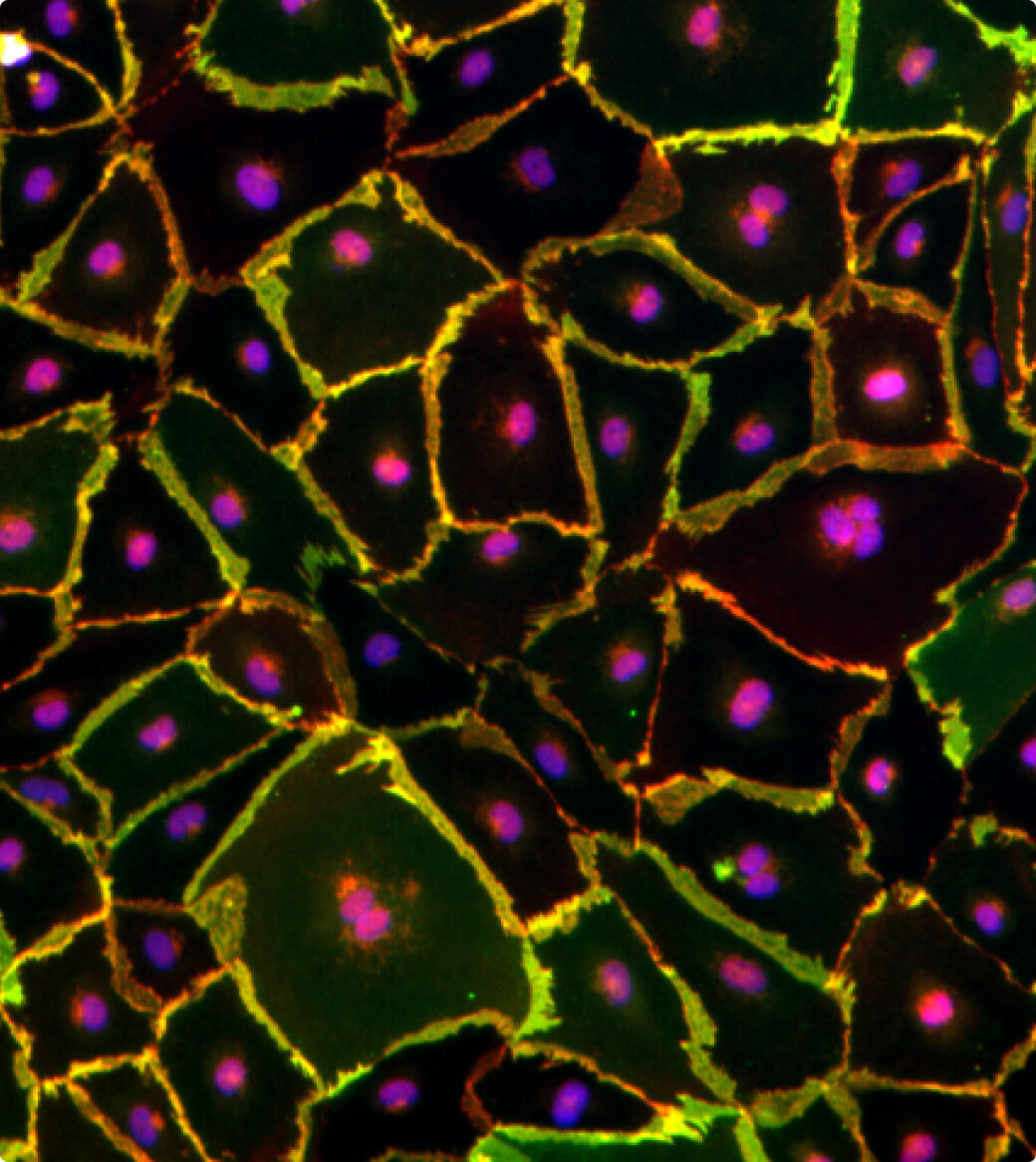Transforming drug discovery through AI and hiPSCs
Greenstone Biosciences is revolutionizing the field of drug discovery. We leverage cutting-edge human iPSC based New Approach Methods (NAMs) and Artificial Intelligence (AI) technologies using 3D organoids and advanced human micro-physiological systems.



